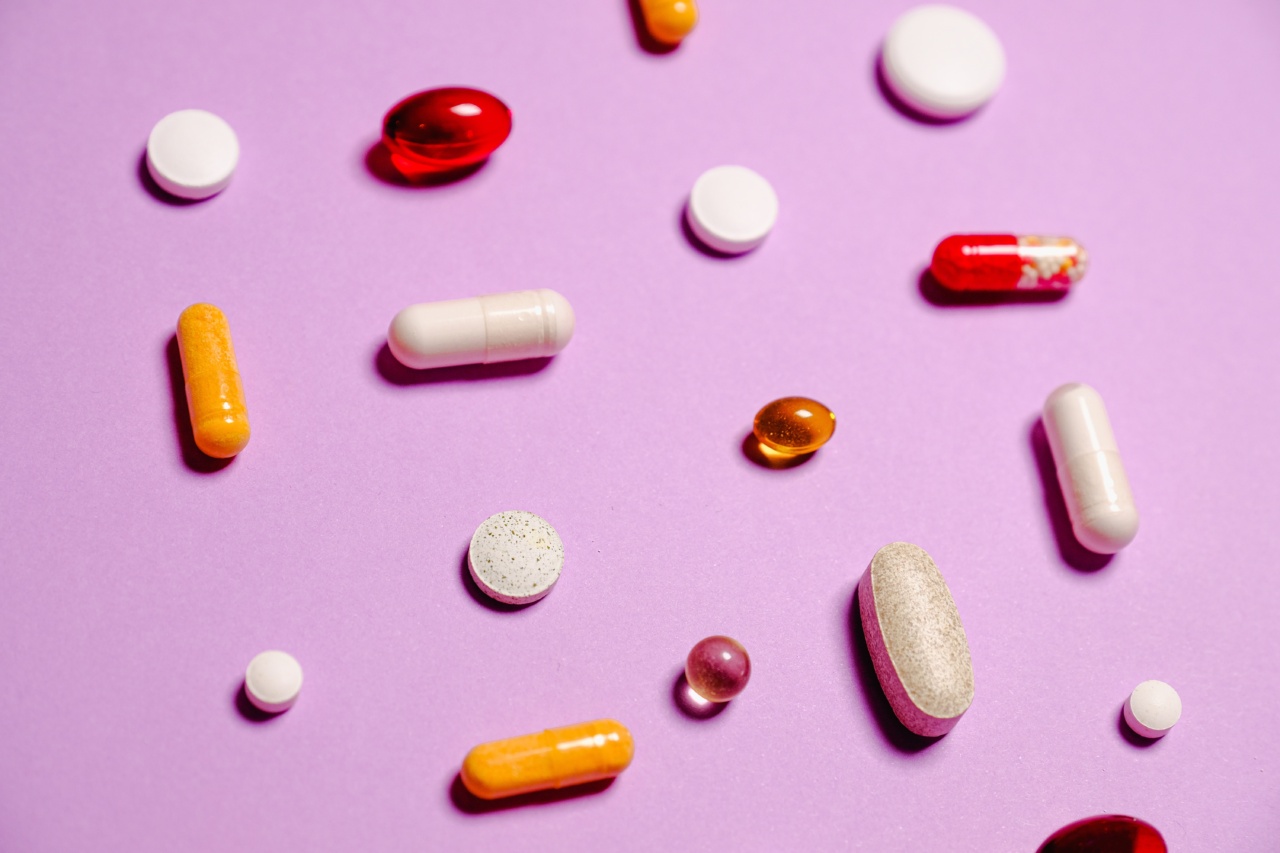Herpes zoster, commonly known as shingles, is a viral infection that causes a painful rash on one side of the body. This condition is caused by reactivation of the varicella-zoster virus, which is the same virus that causes chickenpox.
After someone recovers from chickenpox, the virus remains inactive in nerve cells near the spinal cord and brain. However, in some cases, the virus can reactivate, leading to shingles.
Symptoms of Herpes Zoster
The first sign of shingles is often a burning or tingling sensation on one side of the body, which is followed by a rash of fluid-filled blisters. The rash can be quite painful, and it may take several weeks to clear up.
Other common symptoms of shingles include:.
- Fever
- Headache
- Fatigue
- Muscle weakness
Treatment for Herpes Zoster
There is no cure for shingles, but there are treatments available that can help to relieve symptoms and speed up the healing process. The antiviral medication acyclovir is often prescribed to reduce the severity and duration of the infection.
Pain relievers such as ibuprofen and acetaminophen can help to alleviate discomfort and reduce fever. Additionally, cool compresses or calamine lotion may be used to ease the itching and burning associated with the rash.
Preventing Herpes Zoster
The varicella-zoster virus is highly contagious and can be spread from person to person through contact with fluid from the blisters, so it’s important to take steps to prevent the spread of this virus.
The best way to prevent shingles is to get vaccinated. The shingles vaccine is recommended for adults aged 50 and older and is more than 90% effective at preventing shingles. Additionally, avoiding contact with individuals who have shingles can help to reduce your risk of infection.
Relief From Pain and Itching
Dealing with the pain and itching associated with shingles can be challenging, but there are several things you can do to find relief. Here are some tips:.
- Take cool baths or use cool compresses to reduce itching and discomfort.
- Apply calamine lotion or anti-itch cream directly to the rash.
- Wear loose-fitting clothing to avoid irritating the rash.
- Avoid scratching or picking at the rash, as this can increase the risk of infection.
- Take pain medication as directed by your healthcare provider.
- Avoid exposure to sunlight, as this can worsen the rash.
- Keep the rash clean and dry to promote healing.
When to See a Healthcare Provider
If you think you may have shingles, it’s important to seek medical attention promptly. Your healthcare provider can diagnose shingles based on a physical examination and may prescribe antiviral medication to help speed up the healing process.
Additionally, if you experience any of the following symptoms, you should seek emergency medical attention:.
- Severe rash pain
- New blisters appearing near the rash
- Blistering and rash on the face, eyes, or nose
- Difficulty breathing or chest pain
Conclusion
Herpes zoster, or shingles, is a viral infection that can be both painful and uncomfortable. While there is no cure for shingles, there are treatments available that can help to alleviate symptoms and speed up the healing process.
Additionally, taking steps to prevent infection and seeking prompt medical attention can help to reduce the severity and duration of the infection.




























